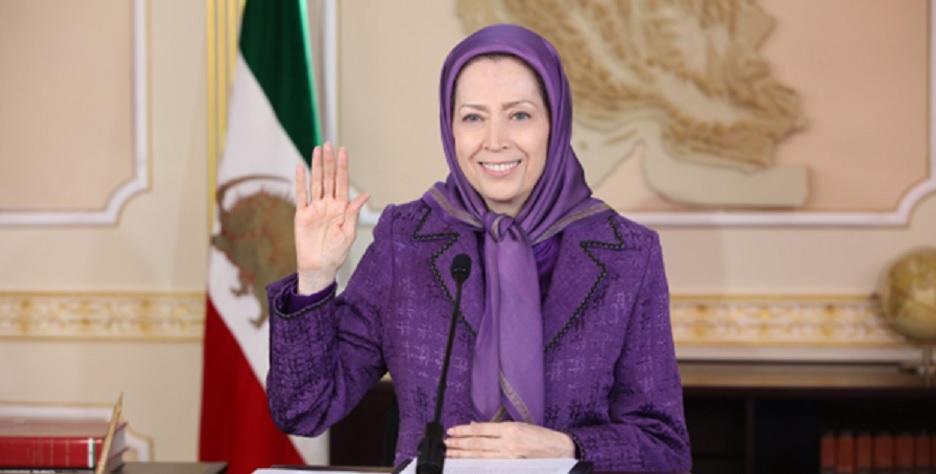Khamenei knows he can’t offer concessions, since the smallest shift could trigger another uprising across the deprived and suppressed nation
Telegraph | Maryam Rajavi | September 17, 2023
Almost exactly a year ago, a remarkable nationwide uprising unfolded in Iran. It witnessed people from all walks of life chanting “death to [regime supreme leader Ali] Khamenei” and “down with the oppressor”. These powerful words reflected the popular rejection of the clerical regime. In mere days, the uprising became a firestorm of dissent that encompassed every province and shook the ruling theocracy to its core.
In response, the regime embarked on a campaign to ruthlessly suppress the revolt. The past year has been unmistakably characterized by the people’s uprising on the one hand, and the regime’s relentless crackdown on the other. However, when we contemplate the future of Iran, a fundamental question arises: which one of these forces will ultimately shape the nation’s destiny?
The mullahs want to convey the impression that the balance of power has reverted to its pre-uprising status. But the daily realities experienced by the people paint a starkly contrasting narrative. A bankrupt economy, unbridled inflation, chronic unemployment, and institutionalized discrimination are contributing to a situation in which Iranian society is primed to erupt again.
The events of September 2022 revealed widespread discontent transcending class, region, generation and gender. It was led by women. The middle and lower classes came to the streets in major urban centres and smaller towns. And in spite of the regime’s four-decade endeavor to exert control over universities, students played a leading role in the uprising, often receiving resolute support from fellow citizens. There was also unprecedented participation from high school students. This epitomized the people’s fervent longing to oust the theocracy, which, for over four decades, has clung to power through brutal repression. Despite its brutality, the regime has failed to eliminate the organised resistance.
Western analysts, taken aback by the profound societal discontent, might have been less surprised had they been attuned to recent developments in Iranian society. Several nationwide uprisings have unfolded since December 2017, steadily increasing in frequency, scale and social inclusiveness, while the demands of participants have grown progressively radical.
All of which is compounded by the fact that the regime is woefully incapable of enacting major economic, political or social changes. It knows that any substantial change would risk spiraling out of control, intensifying the populace’s desire for self-governance and liberty, and ultimately hastening its own disintegration. Consequently, the regime can only rely on short-term, constrained measures to stifle dissent or temporarily placate the public. It has no long-term strategy to avert enduring conflict.
Khamenei is acutely aware that a larger uprising looms on the horizon. Yet his response remains confined to consolidating power within loyalist ranks, poised to enforce future suppressive measures. This only serves to bolster the people’s calls for a comprehensive regime change, escalating social tensions and setting the stage for a more devastating revolt.
The Iranian people are resolute in their quest for freedom. The West must now recalibrate its policies consistent with this reality in mind, and abandon the politics of appeasement. It should refrain from offering concessions to the regime, designate the Islamic Revolutionary Guard Corps as a terrorist organization, and acknowledge the Iranian people’s inalienable right to resist against tyranny.
Maryam Rajavi is the President-elect of the National Council of Resistance of Iran
https://www.telegraph.co.uk/news/2023/09/17/the-iranian-regime-is-primed-for-total-collapse










